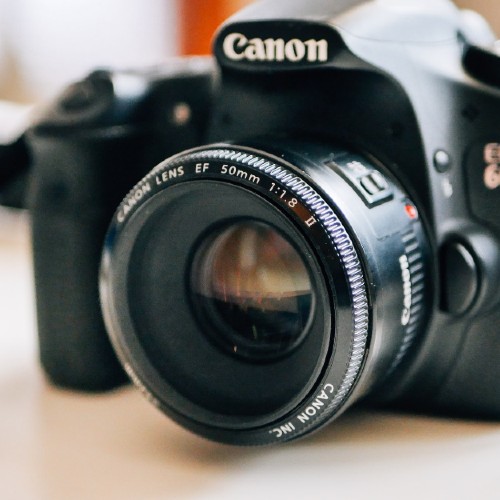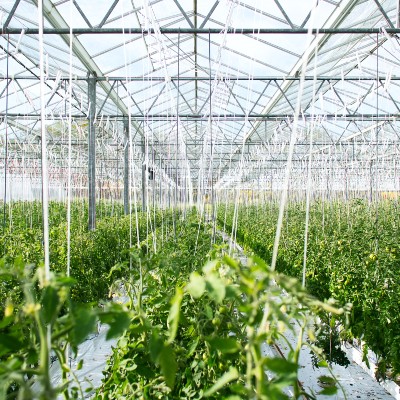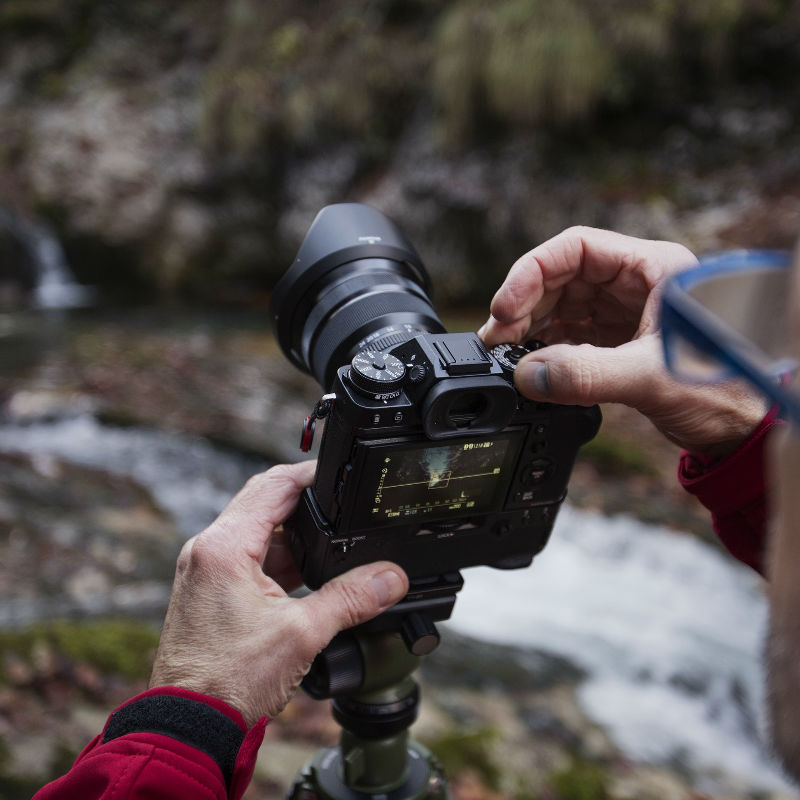
Prime lenses have many advantages in photography. However, if you really want to know if a prime lens is right for you we must first explain the differences between a prime and a zoom lens. In this blog, we will explain everything you need to know about prime lenses.
What is a prime lens? | When do I buy a prime lens? | Advantages and disadvantages | What do I shoot with a prime lens?
To properly explain what a prime lens is, it is worth knowing the difference between a zoom lens and a prime lens. The difference is not very difficult: a zoom lens has a variable focal length, whereas a prime lens has a fixed focal length. With a prime lens, you can’t zoom in. You, the photographer, will have to move to create the desired distance between you and your subject. The advantage, however, is that prime lenses are more light-sensitive. This is because the aperture of a zoom lens is generally smaller. With a prime lens, you will find that your photos are sharper and have more detail. That's because there are fewer moving parts in a prime lens, and the light only has to pass through one lens instead of multiple lenses. You will also notice this in the weight, prime lenses are generally lighter than zoom lenses. With a prime lens, you don't have to consider what focal length you want, you only have to focus on your aperture and the focusing distance. So, as mentioned earlier, you yourself will have to move if you want to get closer. The beauty of that is that you achieve beautiful and creative compositions.
Read all about composition in our article "What is composition?".

Prime lenses are available in different focal lengths. Therefore, it depends on what you want to photograph. For portrait and product photography, a 50 to 100 mm prime lens is perfect and definitely a must. You could take a 135 mm prime lens with you for sports photography or travelling, while a 35 mm will also work perfectly well for filming. Also, don't forget the light sensitivity of the lenses. For all prime lenses, the large aperture they usually have means they capture a lot of light. So you don't need to crank up your ISO in dark environments.
Light-sensitive
Faster autofocus
Lovely depth of field
Lightweight
You cannot zoom
Usually, you don't have image stabilisation in your lens
You need to change lenses more often
Chances of missing that one moment
With a prime lens, you have countless possibilities and because you yourself have to move, you also become creative in creating compositions. However, prime lenses are mostly used in settings where you have time to think about your composition. They are often used, for example, for product and portrait photography. A prime lens is also quite suitable for landscape and travel photography, especially since it is easy to carry around in terms of weight.
Read more

Can't get close to a subject but still want sharp images? Consider a telephoto lens!

Read all about one of the most used terms in photography: depth of field.

Composition can make or break your photo! Discover our most important tips.